The evil eye is well known throughout history. The belief that some persons had the power of injuring others by their looks, was as prevalent among the Greeks and Romans as it is among the superstitious in modern times.
The ὀφθαλμὸς βάσκανος, or evil eye, is frequently mentioned by ancient writers. It is mentioned in many famous literary works, including the Bible (such as Proverbs 23:6: “Eat thou not the bread of him that hath an evil eye, neither desire thou his dainty meats”).
A belief in the evil eye is widespread on every continent. The Middle East, Asia, Europe, and Central America all fear the evil eye. In Shahih Muslim Book 26, the prophet Muhammad warns about the dangers of the evil eye and says that one must take a bath or perform an ablution in order to counteract the effects of the evil eye’s power.
Most commonly it was supposed to injure children particularly, but sometimes cattle also.
“Nescio quis teneros oculos mihi fascinat agnum.”
~Virgil
Because babies and children are said to be especially susceptible to harm from the evil eye, in many countries, including Greece, Romania, and India, praising a child publicly is sometimes considered taboo, for the compliment will draw the attention of the evil eye. In Bangladesh, a black dot is drawn on the forehead of children to ward off the evil eye curse.
In order to ward off the evil eye, parents of a thoughtlessly praised child may ask the person who gave the compliment to immediately spit in the child’s face. Because the momentarily exalted youngster has been brought down a peg, any harm by the evil eye is unnecessary; this spittle salve is harmless yet insulting enough to negate the compliment.
Various amulets were used to avert the influence of the evil eye. The most common of these in ancient Rome appears to have been the phallus, called by the Romans fascinum, which was hung round the necks of children. Pliny also says that Satyrica signa, by which he means the phallus, were placed in gardens and on hearths as a protection against the fascinations of the envious; and we learn from Pollux that smiths were accustomed to place the same figures before their forges with the same design.
Sometimes other objects were employed for this purpose. Peisistratus is said to have hung the figure of a kind of grasshopper before the Acropolis as a preservative against fascination Another common mode of averting fascination was by spitting into the folds of one’s own dress.
According to Pliny, Fascinus was the name of a god, who was worshiped among the Roman sacra by the Vestal virgins, and was placed under the chariot of those who triumphed as a protection against fascination; by which he means in all probability that the phallus was placed under the chariot.
Amulets can be worn to deter the evil eye, often using the color blue (symbolizing heaven or godliness) and an eye symbol. Garlic can also be used to deter the evil eye, and some believe that just saying the word “garlic” offers protection.
The most popular method of escaping the evil eye’s effects in many cultures is by the use of evil eye talismans, evil eye symbols, and evil eye jewelry. These are meant to “reflect” the power of the evil look. The evil eye amulet originated in Greece, where it was known as an “apotropaic” amulet, meaning that it reflected harm. The most basic design of the evil eye, prevalent in the Middle East, is a talisman designed with concentric blue and white circles made to symbolize the evil eye, known as the nazar. It is often used on houses, vehicles, or jewelry.
One of the most powerful examples of the evil eye amulet in the Middle East and Africa is the Hamsa, also known as the “Hand of Fatima.” The hamsa is a hand-shaped symbol with the evil eye on the palm. The hamsa can be used in wallpaper or jewelry to ward off the evil eye. The hamsa is also found in Jewish culture, where it is known as the “Hand of God” or the “Hand of Miriam.” The popularity of Kabbalah has revived the hamsa and influenced its presence in jewelry and design.
In addition to the use of evil eye amulets, the Greeks would carry incense or the cross as protection against the evil eye. New mothers would keep objects as protection under their pillows or on their heads, and these included red, black, or white strings, a nail, gunpowder, bread, salt, garlic, a ring, indigo blue, or a pair of silver buckles. Each of these objects held a meaning which made it a good defense against the evil eye. For instance, gunpowder symbolized an ability to fight back against the evil eye. The nail symbolized strength. The indigo held its power in its blue coloring. Salt was a symbol of preservation and strength.
If these preventative steps failed, however, the Greeks had many more remedies against the evil eye. In some villages, the fur of a bear would be burned to cure the curse. In others, a gypsy would massage the forehead to get rid of the ill effects of the evil eye.
One traditional method from Mexico involves the use of a raw egg. The egg, a universal symbol of purity and birth, is said to absorb evil energies as it passes over the forehead and prone body of the victim. The egg is then broken over a bowl of water and the resulting forms closely examined for any unusual shapes. An oval or eye shape seen in the yolk or whites is said to indicate that the evil eye’s power has been successfully removed from the victim. Some claim that the gender of the person who cast the evil eye can be determined from the shapes.
In many countries, including Greece, Armenia, and Assyria, it is thought that a pinch on the rear will remedy the curse of the evil eye. In Europe, some Christians have the tradition of creating the sign of the cross with their hands, while at the same time pointing the index and pinky finger toward the source of the evil eye. Pretty young women have a secret dot drawn in kohl behind their ears to protect against the evil eye.
Information collected from a variety of sources.
- Invocation to the Archangels as a Group by shirleytwofeathers - No Comment
- Invocation to Lord Melchizedek by shirleytwofeathers - No Comment
- Connecting with Fairies by shirleytwofeathers - No Comment
- To Enhance Clairvoyance by shirleytwofeathers - No Comment
- For Release of Addictions and Cravings by shirleytwofeathers - No Comment
- Using the Psalms for Solving Problems by shirleytwofeathers - 148 Comments
- Spiritual Assistance Spell by shirleytwofeathers - 35 Comments
- 62 Spells To Defeat Your Enemies by shirleytwofeathers - 27 Comments
- Once In A Blue Moon Spell by shirleytwofeathers - 24 Comments
- Spell To Find A Lost Pet by shirleytwofeathers - 12 Comments
Mauro: Ritual To Become A Werewolf
Mauro: Becoming A Werewolf Ritual
Janet Silva: Wheel of Fortune Change Your Luck Spell
Linda: Sweet Thoughts Bottle Spell
AnnD: Chant For Guidance
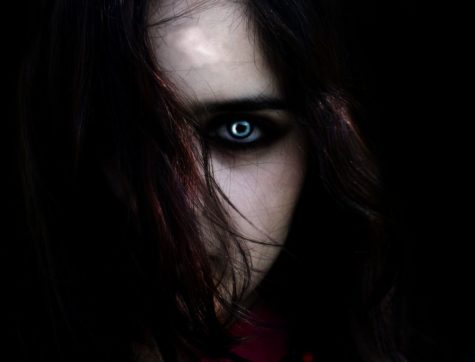


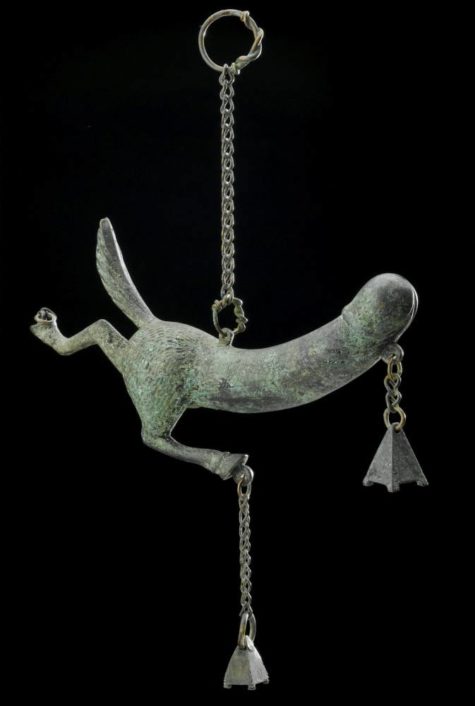
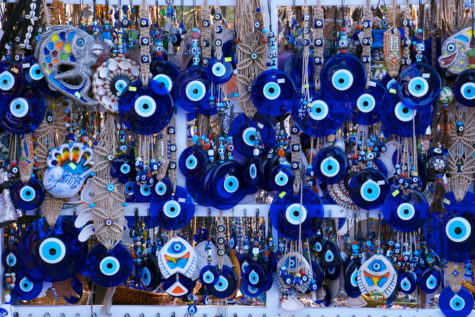
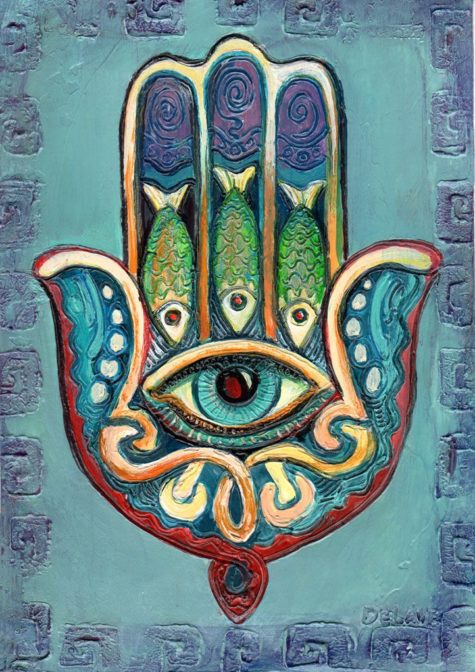
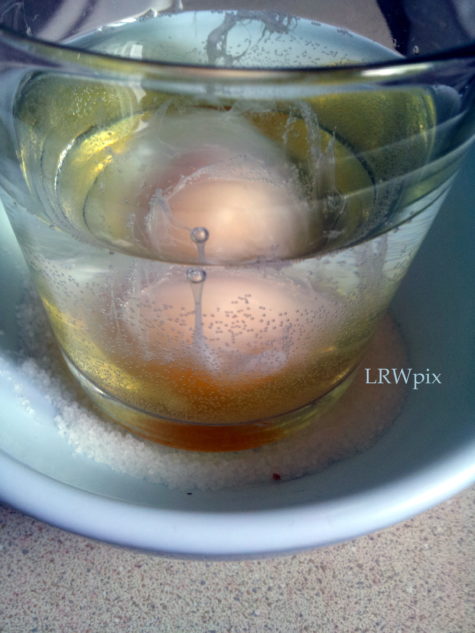




Leave a Reply